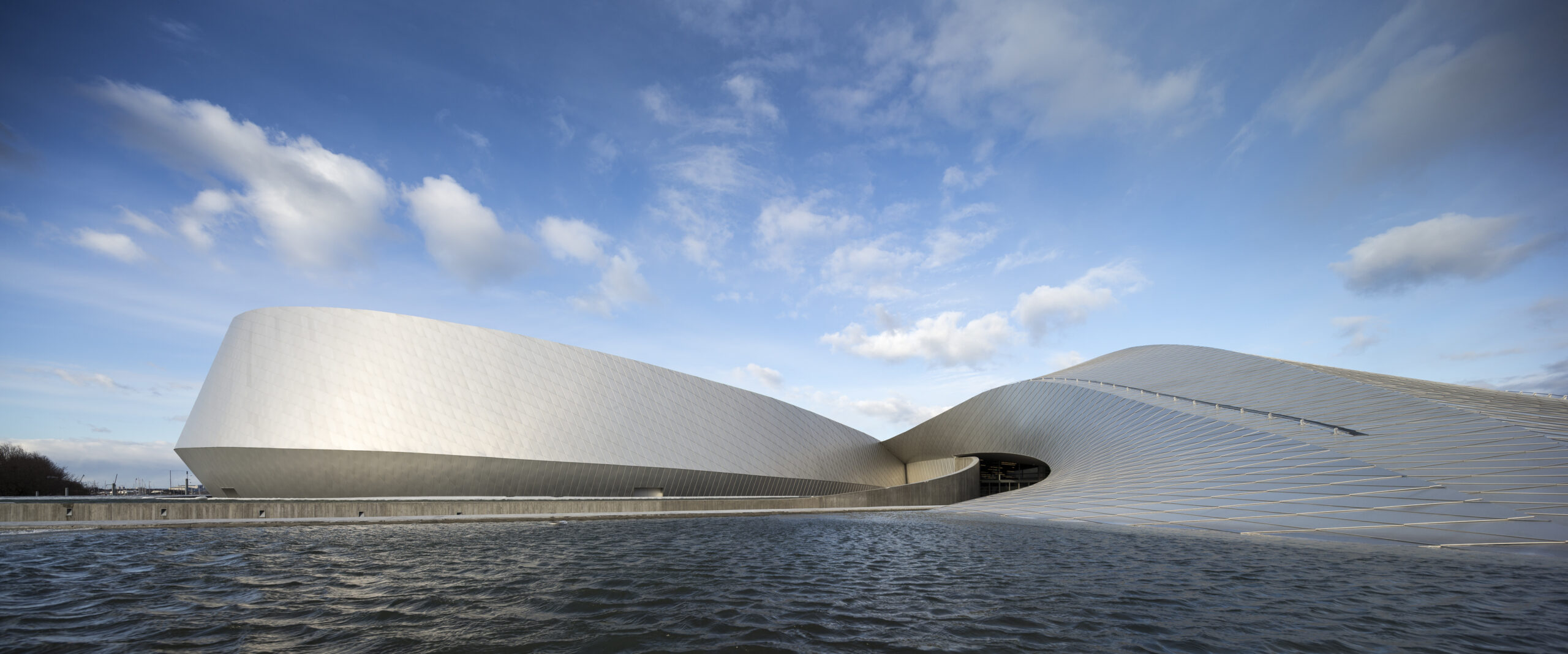Evolution of Curved Architecture Through History
Curved forms are fluidic, and they are influenced by nature, which allow them to blend into the surrounding landscape. Some of the most striking designs from contemporary architecture includes free-form, because there exists a plethora of technologies today that can bring 3D drawings to life. But even before we had stuff like computer-aided design and CNC manufacturing, curved form could be found sporadically spread throughout architectural history. Right from the primitive ages to the beginning of the information age, indigenous tribes and cultures have relied on curved architecture, because of the strength and flexibility that it offered. The vital role that curves played in architecture is also evidenced by its widespread use in several Roman structures.
Domes and Roman Innovation
Early examples of the influence of curved form in Roman architecture, includes structures of historical importance like the Marcello Theater built in 13 BC, the Pantheon from 126 AD, and the Colosseum which opened in 80 AD. The biggest achievement for the renaissance builders was the introduction of domes, and the first major documented implementation was the dome designed by Filippo Brunelleschi for the Florence Cathedral. He devised a plan using mathematics and physics, to construct the dome with four million bricks leveraging a double-layer system, and with no scaffolding. Since then, domes of various types became commonplace in buildings of religious and institutional significance, across the world.
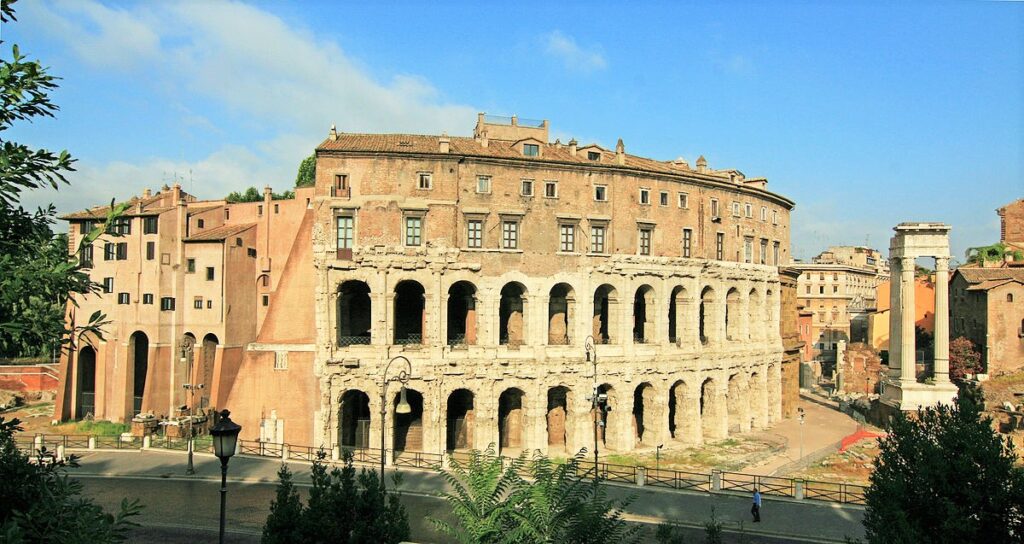
Marcello Theater, Rome
Built by Emperor Augustus
Florence Cathedral, Rome
Dome designed by Filippo Brunelleschi
The Colosseum, Rome
Built by Emperor Vespasian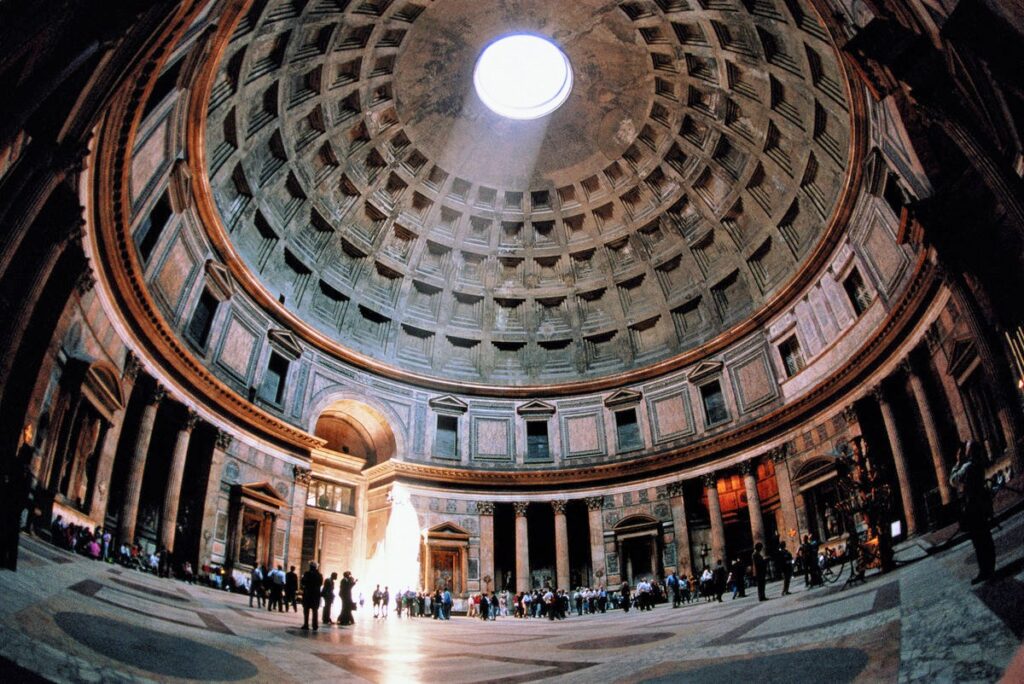
The Pantheon, Rome
Designed by Apollodorus of Damascus
German-led Expressionist Architecture
However, it wasn’t until the industrial revolution that curved structures became more prominent in the architectural landscape. This was largely thanks to the advent of several lighter materials with higher tensile strength, and the technical advances made in the space of tools and machinery. But the buildings were still vertical columns, with domes and catenary arches. It was not before the dawn of the 20th century that expressionist architecture came to the fore. It was also a time marred by war and dictatorship, and imaginations were stifled. But that did not stop Erich Mendelsohn from envisioning a building that was inspired by nature – the Einstein tower. The building marked the beginning of a modernist era led by Germany, which was inspired by biomorphic forms.
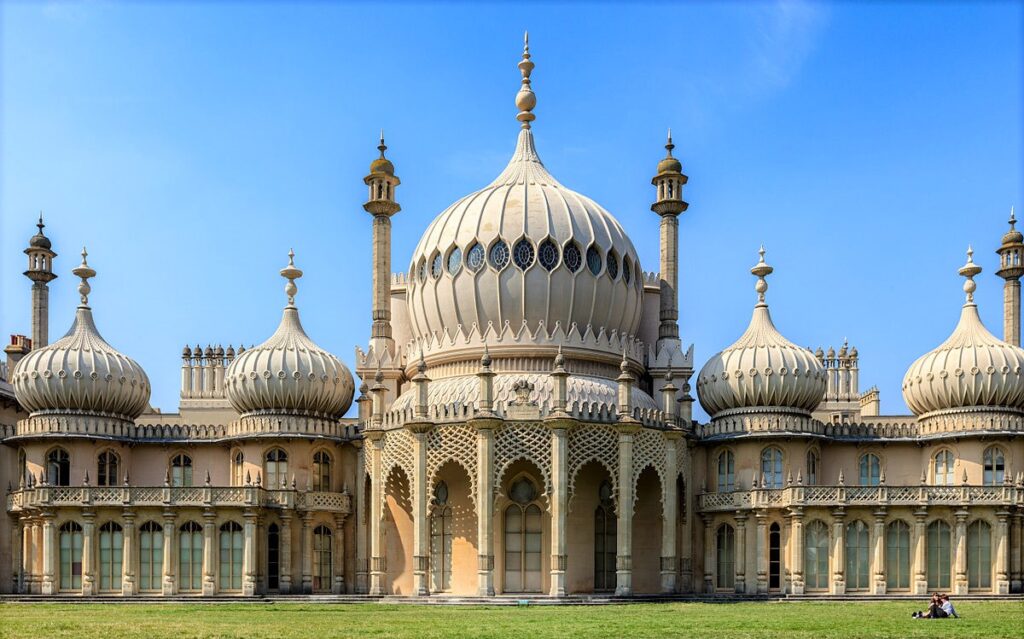
Brighton Pavilion, England
Designed by John Nash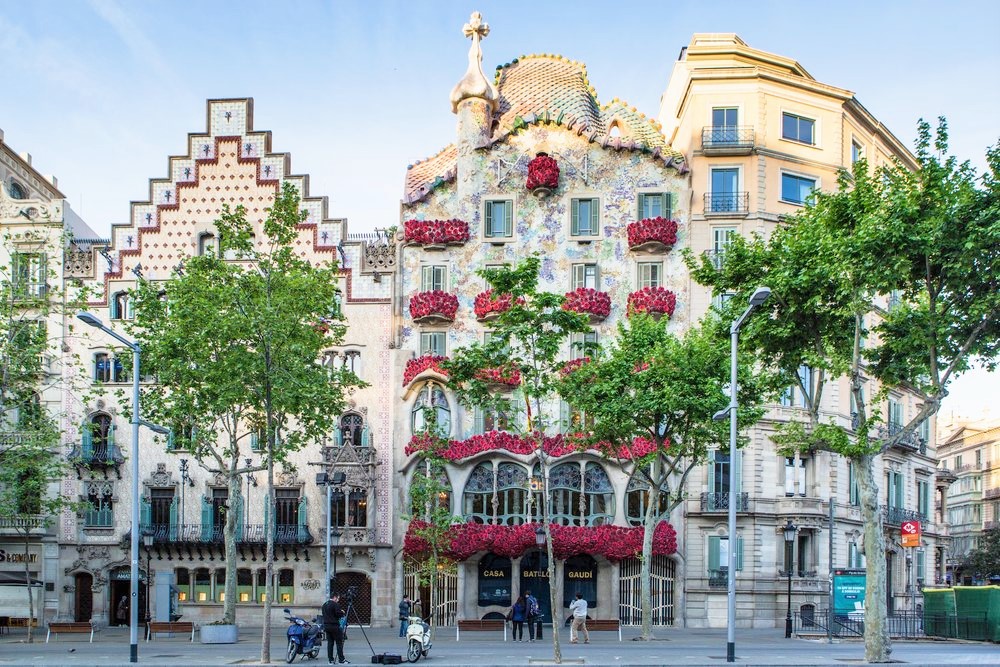
Casa Batlló, Barcelona
Designed by Antoni Gaudí
Einstein Tower, Germany
Designed by Erich Mendelsohn
Capitol Building, USA
Designed by William Thornton
20th Century Modernism and Deconstructivism
The 1950s saw the emergence of two landmarks of curved architecture, in the form of the Guggenheim Museum and the Haus der Kulturen der Welt. Since the 1960s, a lot of architects have dared to experiment with curves. Renowned architects like Zaha Hadid, Frank Gehry, Norman Foster, I. M. Pei, Oscar Niemeyer and the likes, have played a significant part in promoting the freeform and deconstructivism movements. They paved the way for structural expressionism in the field of architecture, which provided a much-needed relief from the monotony of rectilinear shapes that filled up our urban spaces.
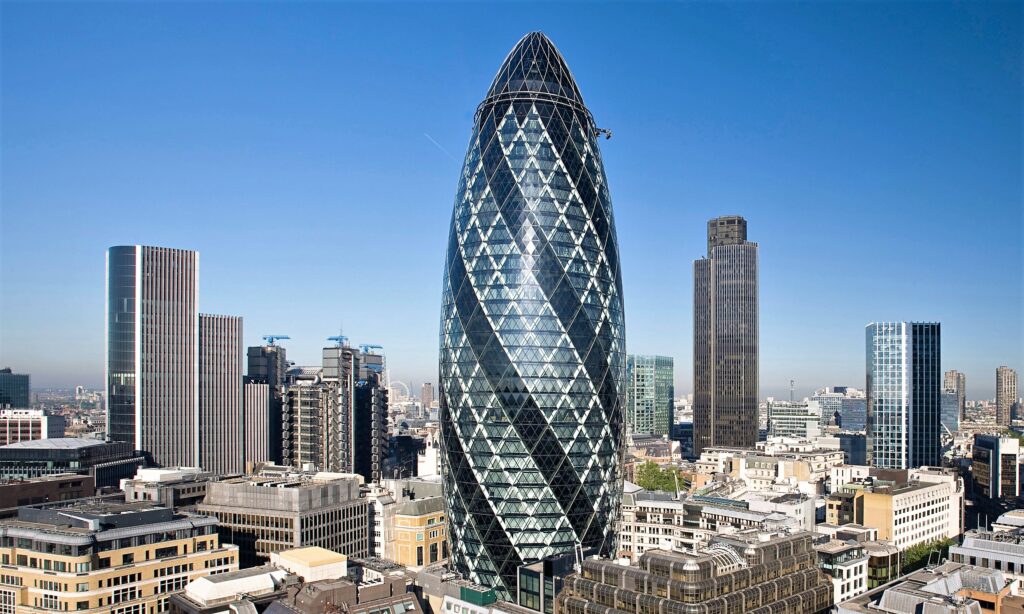
30 St Mary Axe (The Gherkin), London
Designed by Norman Foster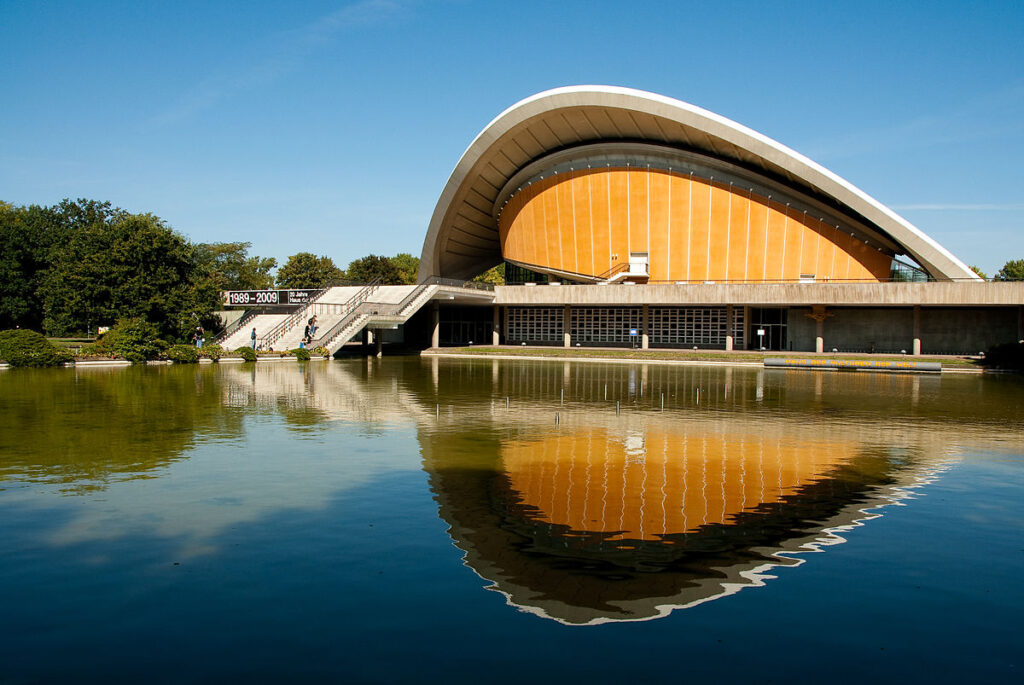
Haus der Kulturen der Welt, Berlin
Designed by Hugh Stubbins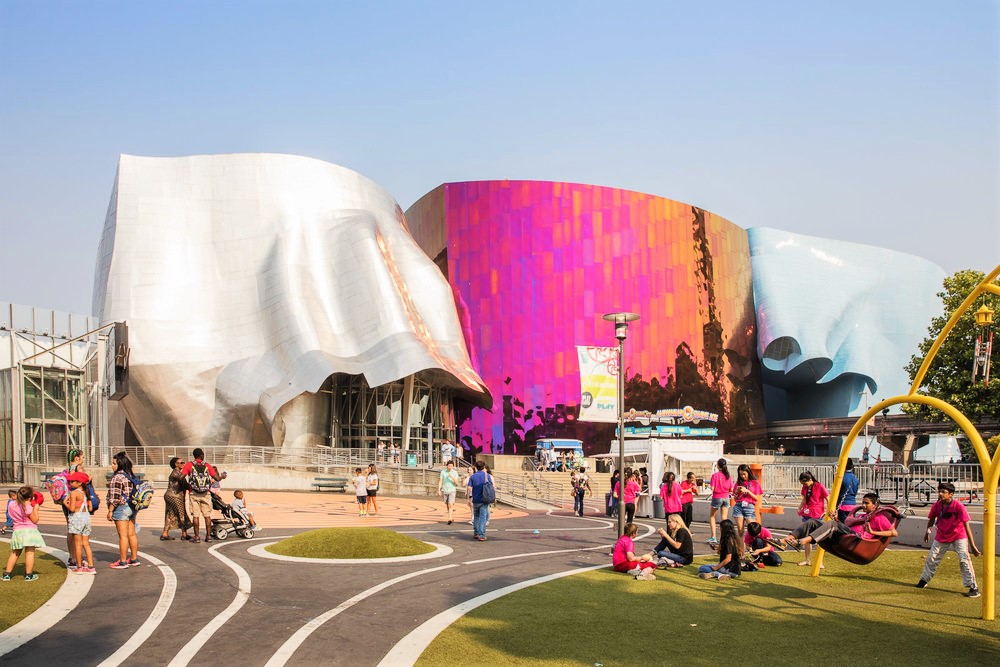
Museum of Pop Culture, Seattle
Designed by Frank Gehry
Solomon R. Guggenheim Museum, Manhattan
Designed by Frank Lloyd Wright
Looking to the Future
Contemporary architecture has transcended the archaic concepts of ornamentalism and has embraced minimalism, which gives modern structures a sleek and futuristic appearance. This is largely thanks to the integration of innovative and cutting-edge production methods, with modern design ideologies. However, it is a very small group of architects who have fully embraced freeform and managed to produce striking structures that are quintessential of the modern architectural movement. There is also a rising demand for sustainable architecture and building practices, which certainly augurs well for the future of architecture.
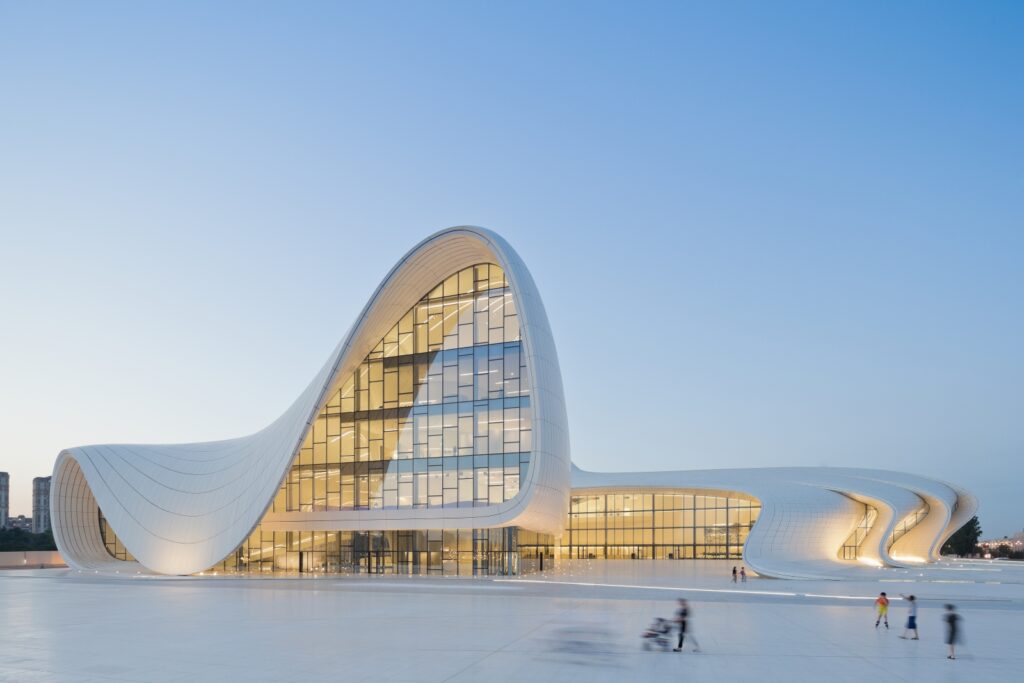
Heydar Aliyev Center, Baku
Designed by Zaha Hadid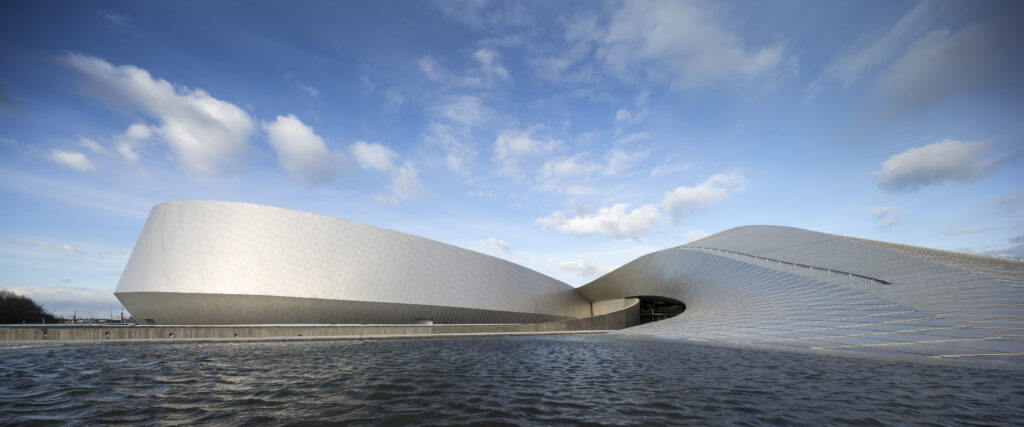
The Blue Planet, Denmark
Designed by Danish architects 3XN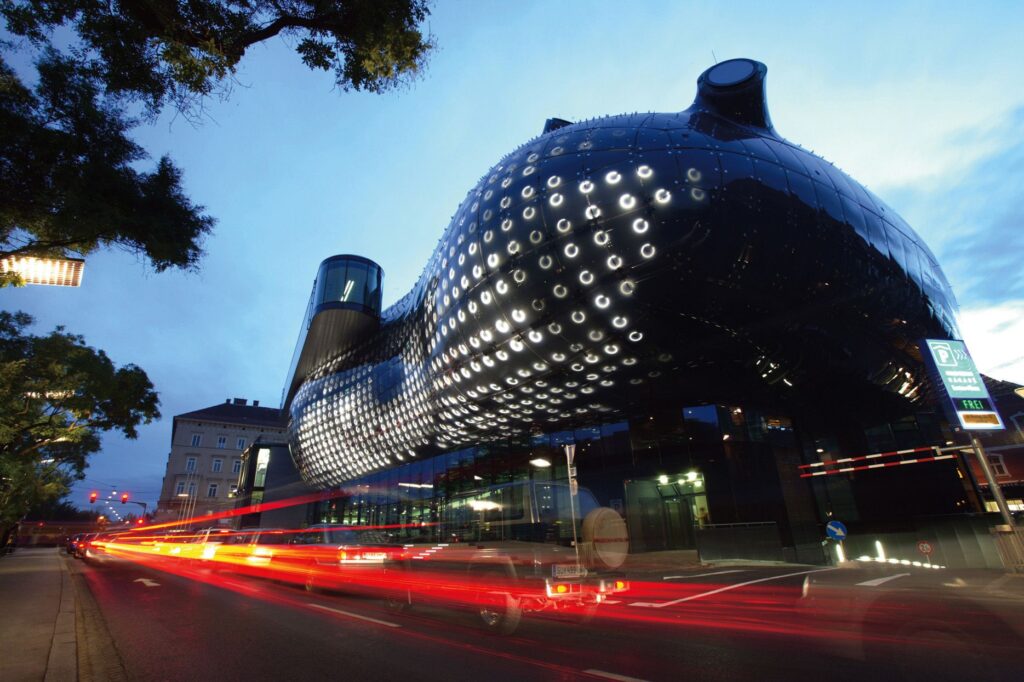
Kunsthaus Graz, Austria
Designed by Colin Fournier and Sir Peter Cook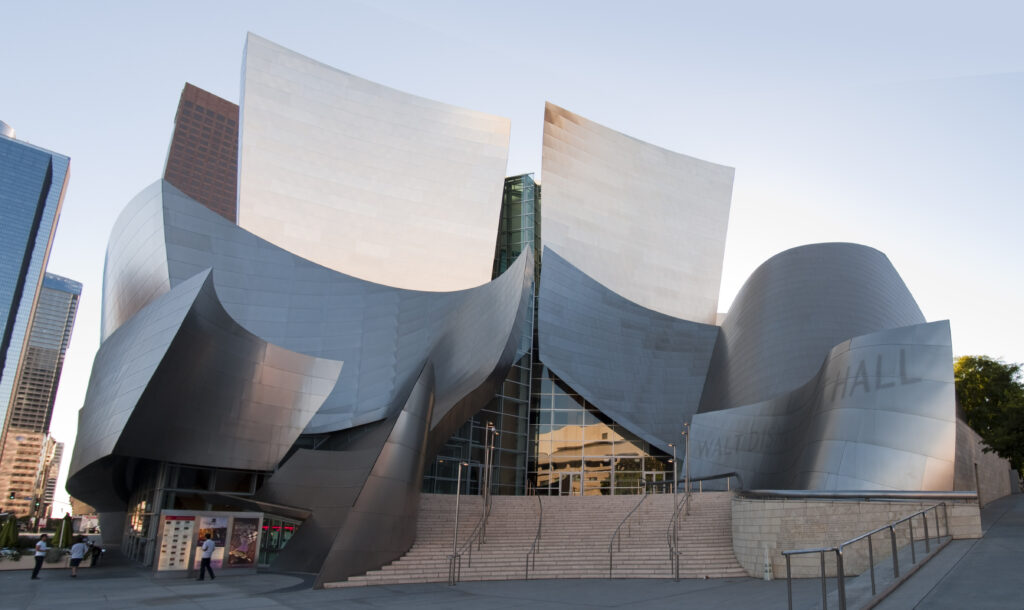
The Walt Disney Concert Hall, Los Angeles
Designed by Frank Gehry
American architect Louis Sullivan rightly coined the phrase ‘Form follows function’ during the early parts of the 20th century. There has probably never been a truer statement about the core principles of architecture. And while the jury is still out on the linear versus curved debate, there is no refuting the utilitarian and aesthetic values of freeform architecture. It will be exciting to see what direction architecture takes as the 21st century progresses. But one thing we know for sure is that irrespective of the architectural movement of the day, naturally forming shapes will have a significant role to play in the future of architecture.


